ANALYSIS – I recently wrote about a Florida GOP Congresswoman, and former media colleague, who appeared to have flubbed simple questions about her support for a NATO-enforced ‘no-fly zone' (NFZ) over Ukraine. But it's not just her, too many politicians, armchair strategists and social media military experts are demanding the same thing.
Usually in the name of protecting Ukrainian civilians from Putin's increasingly brutal attacks. But few actually know what a NFZ entails, or the risks involved. And they should.
And where were they for months when Biden was doing very little as Russia prepared to invade?
As I wrote earlier:
The time to put boots on the ground, or planes in the air, in Ukraine was before the invasion began, to deter Putin, not now. Sadly, President Biden foolishly and very publicly took that option off the table well before Putin invaded.
Still, to be clear, this is not to say the U.S. and NATO absolutely should not impose a no-fly zone or any other tough responses to Vlad the Invader's savage war.
But as I noted, “While war with Russia may come, I prefer to do it with our eyes wide open, rather than sleep walking us into Armageddon.”
So, what's the best way to evaluate whether an NFZ over Ukraine is a good idea, or even feasible?
Peter W. Singer poses several excellent questions to ask. They are summarized here:
- What successful NFZs should be the model for this one?
- How will a Ukraine NFZ be better than the failed NFZs (Iraq, Bosnia, Libya), which didn't help civilians much, didn't end the fighting, and often led to boots on the ground?
- Who will enforce the NFZ? If it's NATO, what will be done to handle the alliance division that it would create? If it's the UN, how do you get around the certain Russian and Chinese veto at the Security Council?
- Does this NFZ call for shooting down Russian aircraft? If so, will it need to also attack Russian radar, surface-to-air missiles (SAMs), electronic warfare, and command-and-control nodes on the ground? If so, how? And what will the Russians do in response?
- What are the NFZ's rules of engagement (ROE) and geographic area? If very restrictive, how restrictive specifically? And will it only cover parts of Ukraine, all of Ukraine, any parts of Russia bordering on Ukraine, Russia- occupied breakaway areas?
- Should the NFZ immediately shoot down any Russian aircraft that enter the zone to protect civilians from attack? Or only shoot them down after the fact?
- How will the NFZ handle the gray areas such as deliberate Russian provocations, like illuminating our aircraft with their targeting radar, making them fire first in self-defense?
- Most air attacks striking Ukrainian targets are coming from just over the border from neighboring Belorussian or Russian airspace. Will the NFZ require or allow Russian aircraft in Russian airspace to be shot down, or let them fire their missiles from just across the border?
The same applies to suppressing Russian air defenses based in Russia or Belarus, which can easily take down NATO aircraft over Ukraine?
- How will the NFZ deal with Russian military actions and gear such as land-based missiles, artillery, and especially MLRS rockets that are killing the vast majority of civilians? It's hard to fly your NFZ over all that killing with no action? What will the Russians do if we attack their ground forces?
- Unlike all past NFZs with only one air force to contend with, the Ukrainians still have an air force, and its drones are striking Russian forces quite well. Not to mention, Ukrainian civilians flying hundreds of their own drones looking for Russian troops and targets. Will the NFZ also ban these official and unofficial Ukrainian forces?
To all these questions we must always add – and what will the Russian do in response? Not just tit for tat, but how might they escalate? And not just escalate conventionally, but what will be the Russian red line to go nuclear?
Overshadowing all these issues is the fact that Putin's Russia likely has the world's largest nuclear force. Not only that, but as explained earlier in ADN, they have a large number of tactical nukes that NATO really doesn't have.
And finally, don't forget, Russia nuclear doctrine emphasizes ‘escalate to de-escalate,' which allows for nuclear first use. And Putin, who has been threatening their use, seems unstable enough to use them.
How many of those with ‘No-fly Zone' bumper stickers on their cars have thought this idea all the way through?


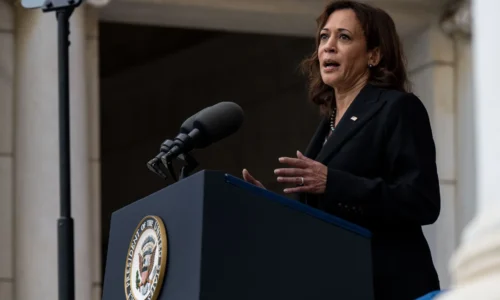
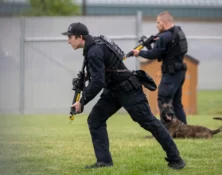

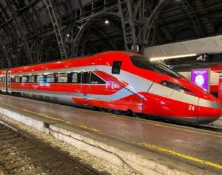



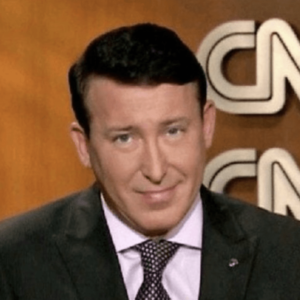
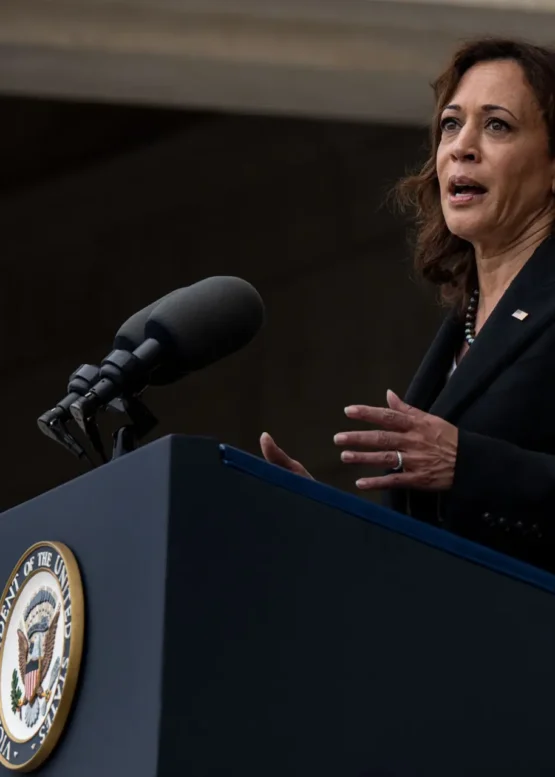
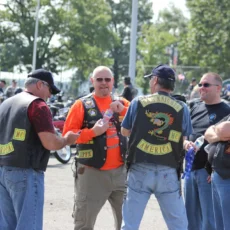
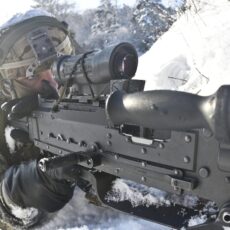
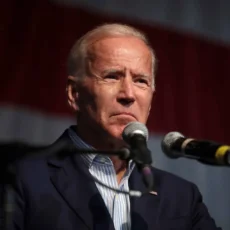
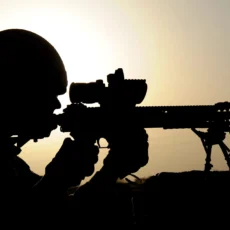
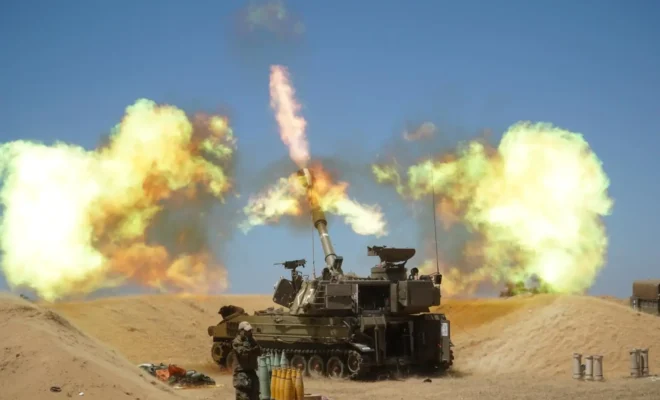
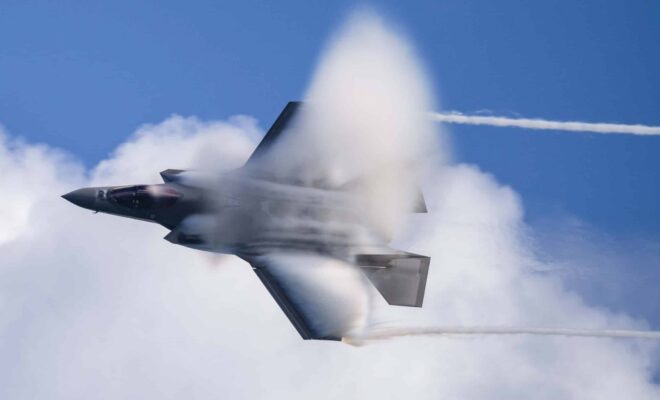
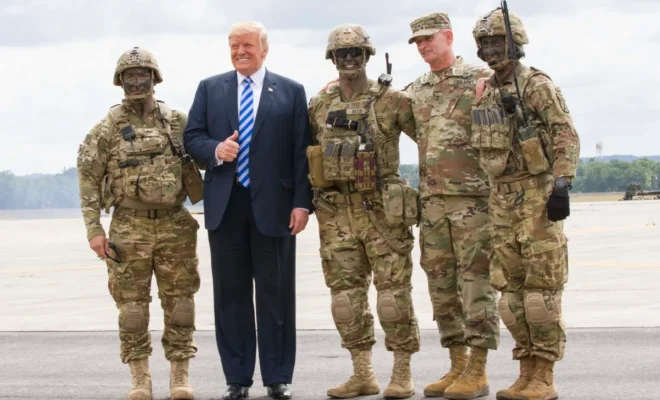
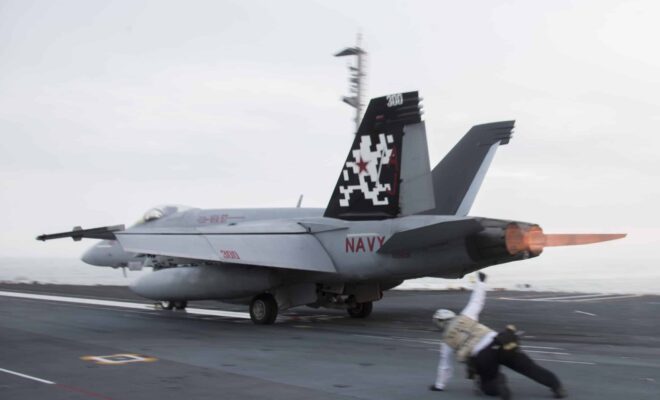
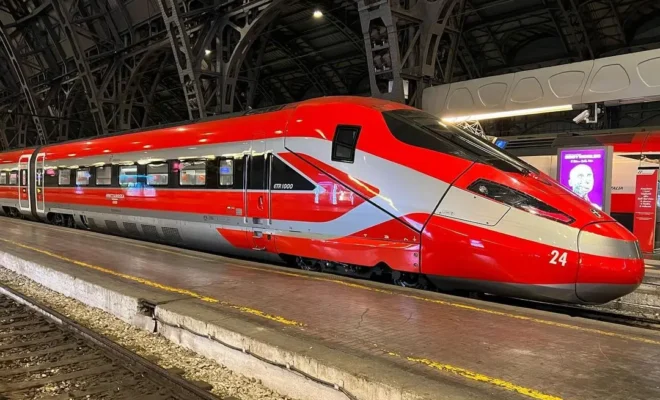
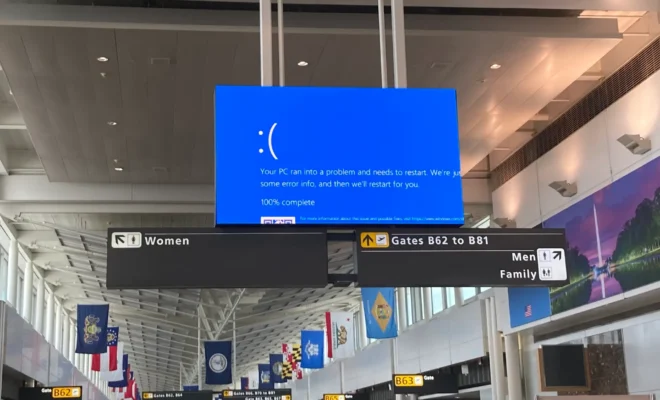
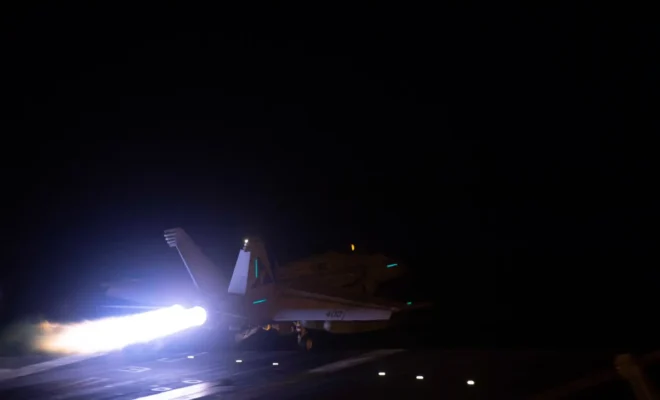

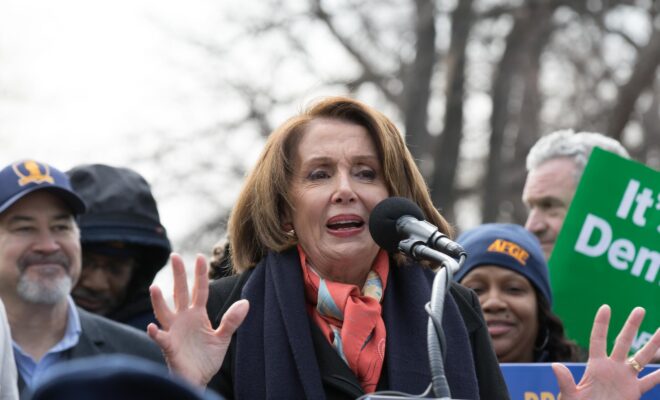



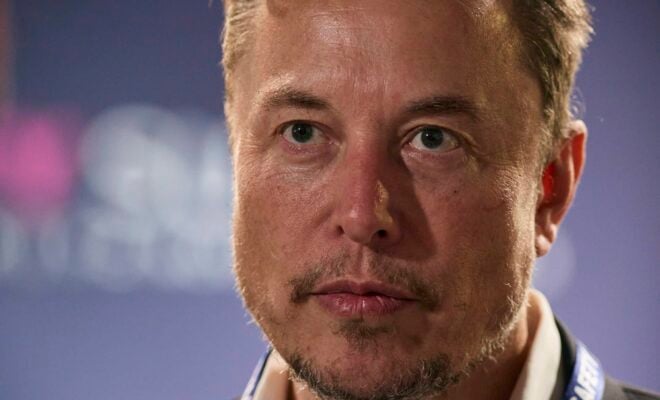
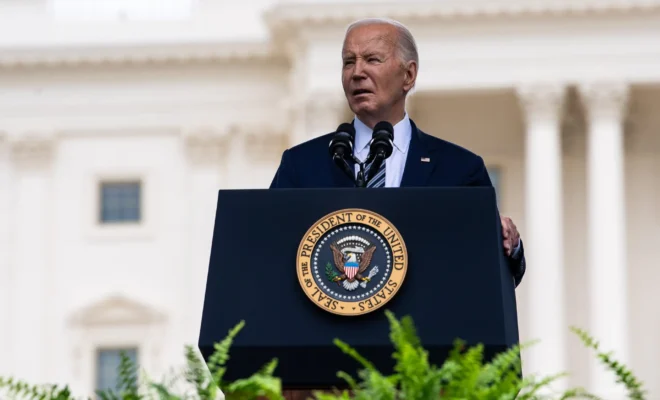
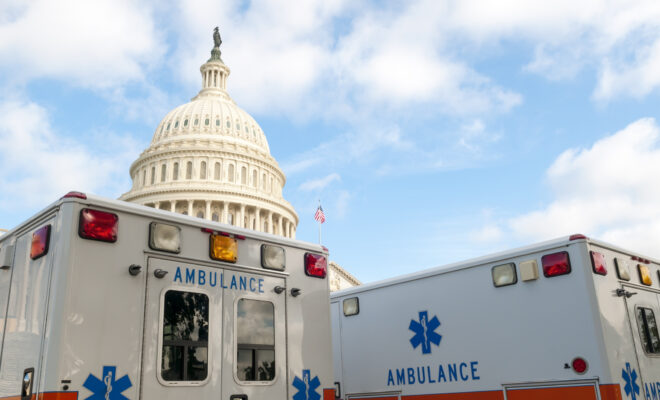
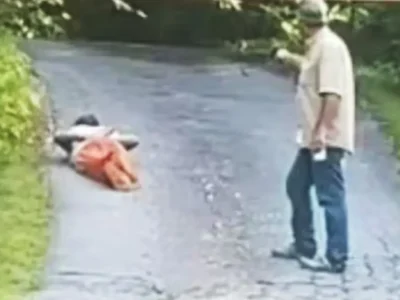
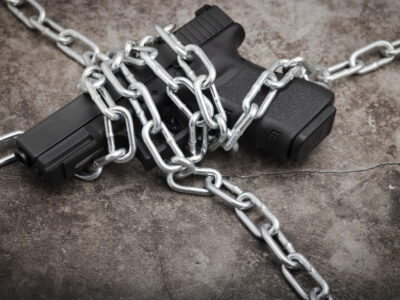

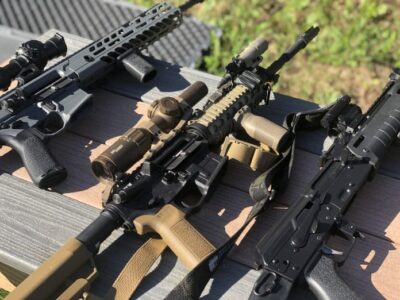

This situation is kinda looking like the late 30’s when we stood there wringing our hands like we are doing now. with all the what if’s everybody is slinging around, you can what if until hell freezes over and still have no answers. with war you do what you have to and deal with the results as they come. a nuclear strike I highly doubt that as we do have deterrents for that. no one is going to shoot down a Russian jet unless they shoot first. If you sit back and let some dictator start invading sovereign countries and do nothing do you really think he will stop at that, holy crap people grow a brain. and yes I think there should be a no fly zone considering we refuse them plains to defend themselves with. and yes I am a veteran.
Right on. Our leaders need to grow some balls.